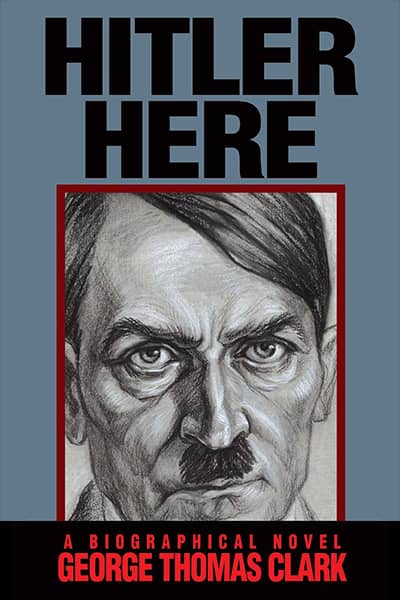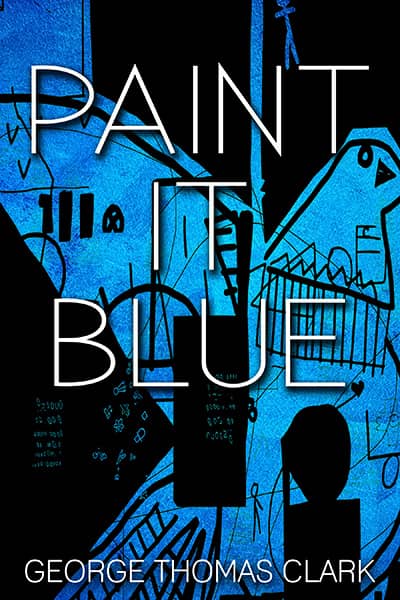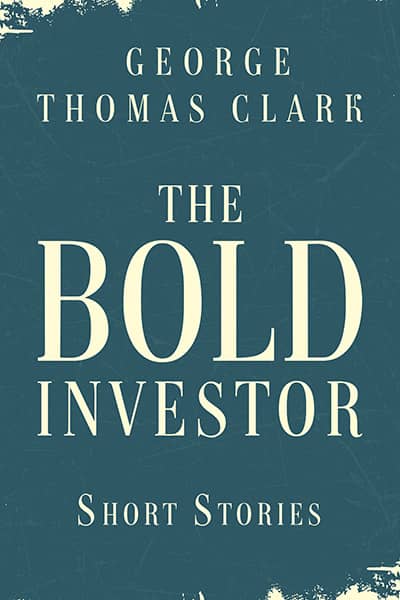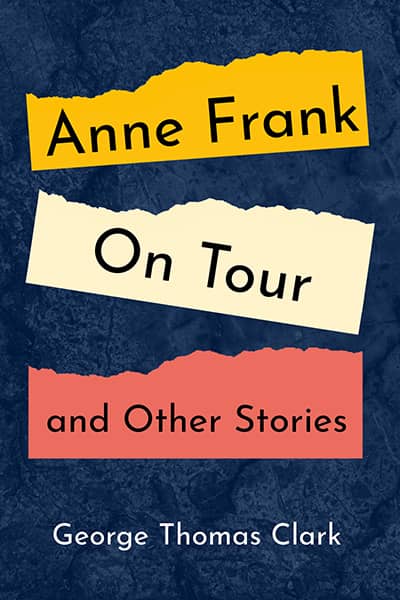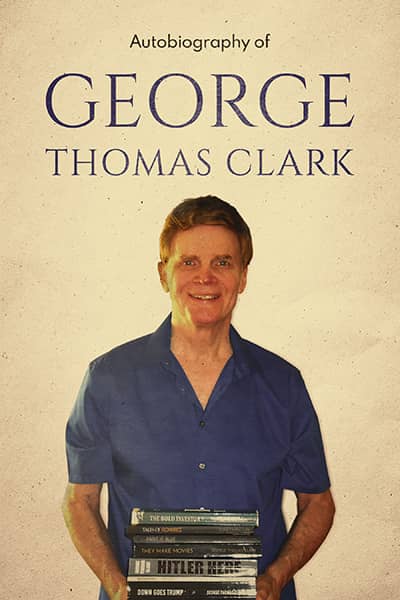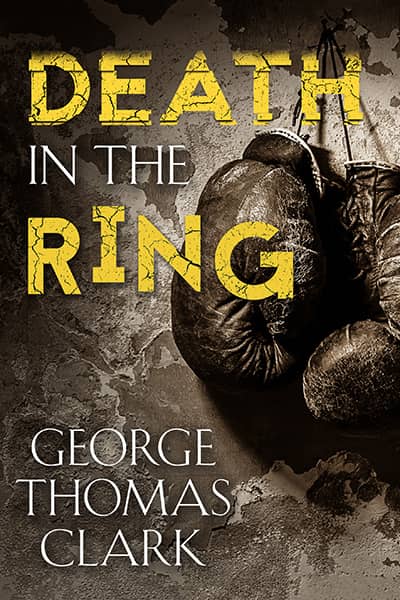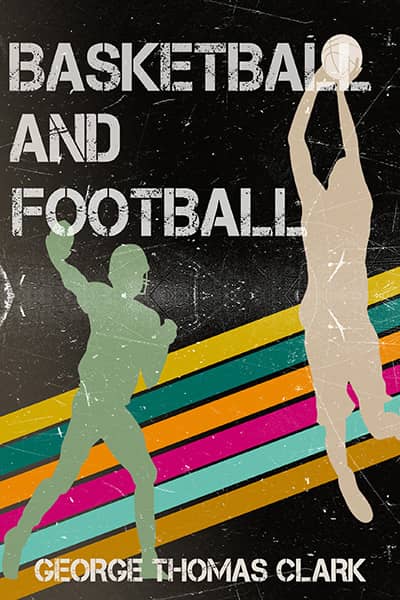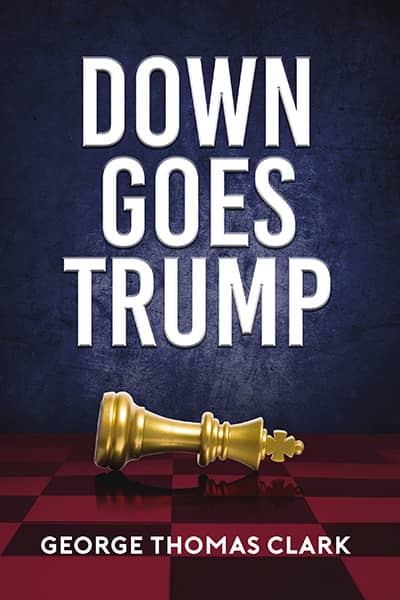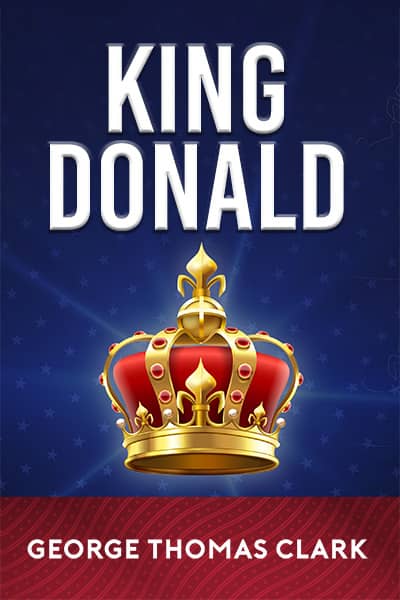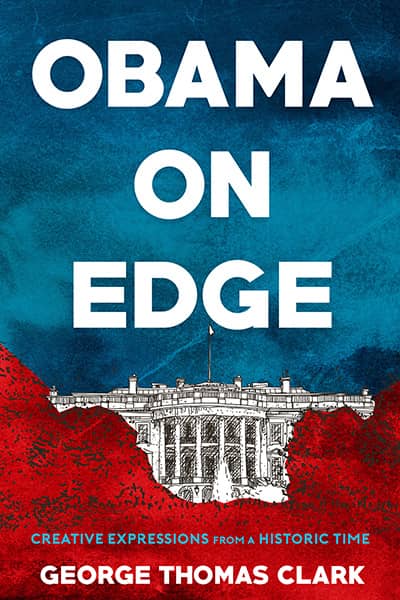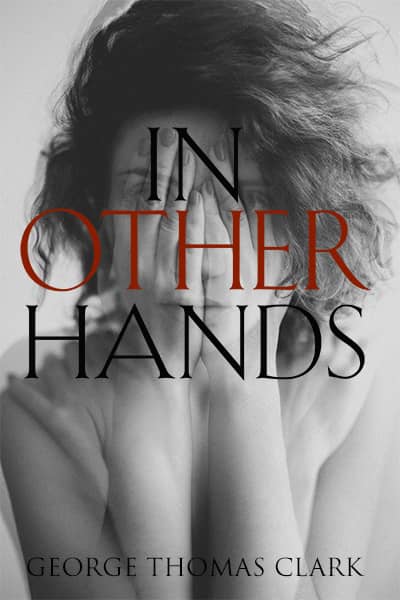Betty Finch Transforms Gourds into Sculptures
April 16, 2010
I’ve long been collecting art with enthusiasm many call obsessive but confess to being indifferent when notified by postcard last month that the Bakersfield Museum of Art would be featuring an exhibition of gourd sculptures by retired police officer Betty Finch. What the hell is a gourd? I’d heard of people drinking from them but hadn’t considered them the stuff of statues, hadn’t really thought about them at all. When I entered the museum I bypassed the gourd gallery to my right and viewed other exhibitions that didn’t ignite much interest so walked into Finch’s “Home Grown” show and was immediately captivated by the “Gourdman,” a five-foot-six fellow who at once manages to look sophisticated and primitive, like an almost-contemporary bald man transported back to the caveman era during which the club he uses to brace himself would doubtless be needed. Definitely a unique dude.
I also liked the little cats and dogs and other statuettes interspersed throughout the gallery, and in particular gazed at the “Martini-Serving Butler.” My own drinking days ended long ago but I still would’ve felt comfortable with the five-foot-five fellow offering me an imaginary strong one on a tray. And, while the “Gourdman” goes for $5,000, the “Butler” is a bargain at only $1,750 dollars. Alas, in these economic times, that’s about seventeen hundred more than I can afford. But it’s always instructive for a collector to ask himself: “Which one would I buy if I had the money?” The “Gourd Table and Chess Set” for four grand would’ve been tempting, though the thoughtful fellow sitting by the board is extra. Really, the “Martini-Serving Butler” is such a suave and friendly guy, he would’ve been my pick. But what about all those kittens? They go for $95 to $160. Maybe I’d get one of them.
First, though, I drove a few blocks to Juliana’s Art Gallery, an elegant space highlighted by much stone and natural wood, where some more of Finch’s gourds were on display. I bought a small piece, “Nesting,” which offers two birds standing protectively over three eggs. And I asked when I could interview the gourd guru. My opportunity soon came on the First Friday of the month when downtown galleries open new shows. Juliana led me to a slender lady with long brown hair.
“Before we talk about art, I’d like to learn a little about your career in law enforcement,” I said. Betty Finch wanted to start much earlier.
“My mother was a landscape oil painter and my dad was a bronze sculptor,” she said. “I was raised in a big family out in the sticks in Wonder Acres, about seven miles north of Mojave. My dad taught art at Mojave High School. He showed me how to make papier-mâché from newspaper and I made dolls and marionettes. I also made stick horses using mud and tree bark and found broken bottles to use for the eyes and painted them. Whenever I painted, I had to sneak to use my mom’s oil paints. Then I sold the stick horses for tin bottle caps I used like cash for candy.”
“You must’ve studied art with your father at the high school,” I said.
“No. My dad wasn’t well-liked by the principal. He only gave my dad an annual art budget of $100 a year. The good students weren’t happy and stopped taking the class and eventually it became a dumping ground for out-of-control kids. So I avoided his class, except for a semester.”
“What did you do after high school?” I asked.
“Our family was very religious, and I couldn’t date until I was eighteen. I graduated in 1969 and started at Antelope Valley College in Lancaster. My boyfriend, Billy, was also from out in the sticks, and he drove me to school. He thought that gave him the right to my money. I’d built a corral and been boarding horses for a few years. I tried to keep the money from him but one day he grabbed my arm and took it. I had to sell my registered quarter horse for $750, which was a lot in 1969.”
Billy soon slapped her and stole that money, too.
“I hope you called the police,” I said.
“I should have but Billy threatened suicide if I didn’t marry him. I thought about a church sermon that said you will have had a great life if you sacrifice your life to save one soul.”
Betty Finch should have interpreted the sermon metaphorically. Billy forced her to drop out of school and regularly beat and tied her up and tortured her. The country girl couldn’t drive and didn’t know how to escape. After reading an article about how many wives were killed by abusive husbands, and the growing number of wives who killed abusive husbands, she realized her salvation could come through employment. Desperately, she took a job emptying bed pans in a convalescent hospital. She still stayed with Billy, and the unhappy pair moved to his parents’ home where they lived in a bedroom for two years.
“He made the mistake of teaching me to ride motorcycles,” Finch said. “One day I tied my sleeping bag on back of a bike and took off. I had three dollars and one can of pork and beans with wieners. I had to go somewhere I’d never been. I stayed in a campground for awhile then was a live-in housekeeper for two months. But Billy found me and I had to hit the road again. I slept under a bridge in Kernville for a whole summer and worked as a waitress and later became a bartender there.”
In the park the young lady, raised to create, painted micro-realistic images on eggs. That fall, in 1974, she enrolled at Bakersfield College and got the highest grade in every art class she took. One of her assignments was to paint a self-portrait and frame it. She had no money to buy one so she framed her painting with barbed wire, continuing her childhood practice of making art from found materials.
Finch was still homeless and sleeping in a park near the college. That arrangement was frightening when young men cruised late at night and searched the women’s restroom. She persuaded one of her professors to let her sleep in an office he shared with Bill Thomas, who in a few years would be elected to congress and eventually serve fourteen terms and finish his political career in 2007 as Chairman of the House Ways and Means Committee. In Washington, D.C. Thomas became known for his analytical abilities and blazing temper. When he stumbled upon the awakening Finch, Thomas displayed neither comprehension nor anger.
My first interview with Betty Finch ended at this point. We resumed talking several days later in the museum gallery where her gourd sculptures are being displayed. Before discussing her show, I wanted to know how she got off the streets. Late in 1974, blessedly divorced from Billy, she took a job as a commercial artist. Two years after that she joined the Kern County Sherriff’s Department as one of the few females on the force and served a three-year apprenticeship working the graveyard shift at the jail. Men who’d attended the academy with her usually left that shift after six months. Finch was thankful to be on the outside. She craved action and soon found it.
“One day in the early 1980’s I was on patrol in the middle of nowhere, between Ridgecrest and Red Rock Canyon,” she said. “My nearest backup was an hour away. I got a call about a lady pointing a gun at some rednecks who were living on public land in the area. I later learned the lady had been left by her husband, just dumped her way out there where she was living in a tent and washing her clothes in the water trough of the guys’ horses. When I got there, after driving over miles of rough terrain, she was running around in a bikini. She was a very attractive lady. Her son had a shotgun, but he didn’t resist when I took it away and threw it in the trunk of the squad car.
“The lady ran into bushes beside her tent and grabbed a deer rifle and pointed it at my nose. I didn’t reach for my gun since there wasn’t time. I tried to grab the barrel and push it up a little so if it went off it at least wouldn’t hit me in the face. We grappled a while but I still couldn’t get the gun away from her and she pulled the trigger. I know because I heard a click. Finally, I got the gun from her and slapped the cuffs on her wrists and took her to jail.”
Finch also served the department as composite artist, recreating the faces of unknown desperados, and homicide detective. In the latter capacity she was called to Rosemond, a town between Mojave and Lancaster. The body of a heroin addict had been dumped in a front yard. The case could have been a simple overdose but the addict owed people money and had a number of enemies. One of them was a former registered nurse who’d given up healing for dealing heroin and getting loaded. The addict came to her house already heavily under the influence and insisted she sell him more smack on credit. After she complied, he immediately shot up and got sick, and she pushed him into the bathtub. In a few minutes, from the living room, the lady heard the man’s “death rattle,” labored breathing that often precedes the end. Sensing an opportunity to rid herself of trouble, she entered the bathroom and shot him up with enough heroin to ensure closure, and instructed other addicts to get rid of the body. Finch learned this only after the woman had been released from jail and called to clear her conscience.
“Okay, let’s focus on art now,” I said. “Tell me about the ‘Gourdman’ and why he’s so much more expensive than the ‘Martini-Serving Butler.’”
“I did the ‘Gourdman’ for practically minimum wage and worked on it off and on for five years. There were a lot of difficulties. I’d grown a lot of gourds but mice ate into the big gourds and started packing them with the small gourds.”
“Why’d the mice do that?”
“So they’d have a safe place to eat. I eventually shook and poked the small gourds out of the big ones but they were damaged, chewed in half. At least some of them looked like toes. I also had gourds that worked for the feet. To attach the toes I had to use bamboo skewers, glue, and polyurethane foam. It took forever.
“I have a large gourd trellis that covers both sides and overhead and is about twenty-four feet long and has rectangular openings on each end. That’s where I get about ninety-five percent of the gourds I use to make my sculptures. But I couldn’t grow the right size gourds for many of the body parts I needed for ‘Gourdman.’ I got the fingers and lips from a gourd grower in Knights Landing, near the Sacramento River Delta. I drove up to Porterville to get the nose. The ears came from a grower in Indiana.
“The fingers were as hard to attach as the toes. And the face took a long time because I needed to get the expression right. I decided that a photo of Tiger Woods’ mouth as he watched his shot was right for this face. I made the teeth from gourd seeds. The eyes are doll eyes. And I have his male organ in the car. I was worried about using it in this show. Step around to his rear. It took a long time to make those butt cheeks. And for all these sculptures, I built internal structures, often with dowels and clear wrap, to provide stability.”
We walked back to the “Martini-Serving Butler.”
“He was much easier to make,” Finch said. “He doesn’t have any hands and fingers.”
”I didn’t even notice.”
“The ends of his arms suggest hands, and that’s enough. And since I couldn’t find the right size gourds for his feet, I made clod-hopper shoes for him. His ears aren’t detailed; they’re just small gourds cut in half.”
“What are those olives in the martini?” I asked.
“They’re small gourds I painted.”
“Amazing.”
“After I harvest the gourds from my trellis, I store them in a sea train.”
“What’s that?”
“It looks like the back of a semi. It’s seven or eight feet high and about forty long. I use a swamp cooler to protect the gourds.”
“That’s commitment.”
“Right, I’m going home to my ranch now to work on gourds. My husband’s a good man but he hasn’t been supportive of my work, until this show at the museum. Before that he interfered and tried to draw me away.”
Betty Finch isn’t going anywhere unless there are gourds on the horizon. She has served as a judge and instructor in gourd festivals all over California as well as in Hawaii, Indiana, Ohio, and Florida. Her work has also interested gourd enthusiasts in China, Singapore, and France.
I picked up the price list of her work in the museum and noted red dots, indicating sales, by eleven of the works. Six of the sales were from $95 to $160, four others were $650 or less, and one was $2,000. All her large pieces remained unsold.
“You need to go beyond Bakersfield,” I said. “I look at art from the Bay Area to Mexico City, and I’m positive there’s a market for your larger, more expensive works. Have you been to Bergamot Station?”
“No,” she said. “Where’s that?”
“It’s a group of about thirty-five upscale contemporary art galleries close to Interstate 10 in Santa Monica. Why don’t you send them some photos?”
That night Betty Finch emailed me that she’d just emailed images of her work to three galleries at Bergamot Station that “seemed like a good fit.” The country girl should soon have a show uptown.
